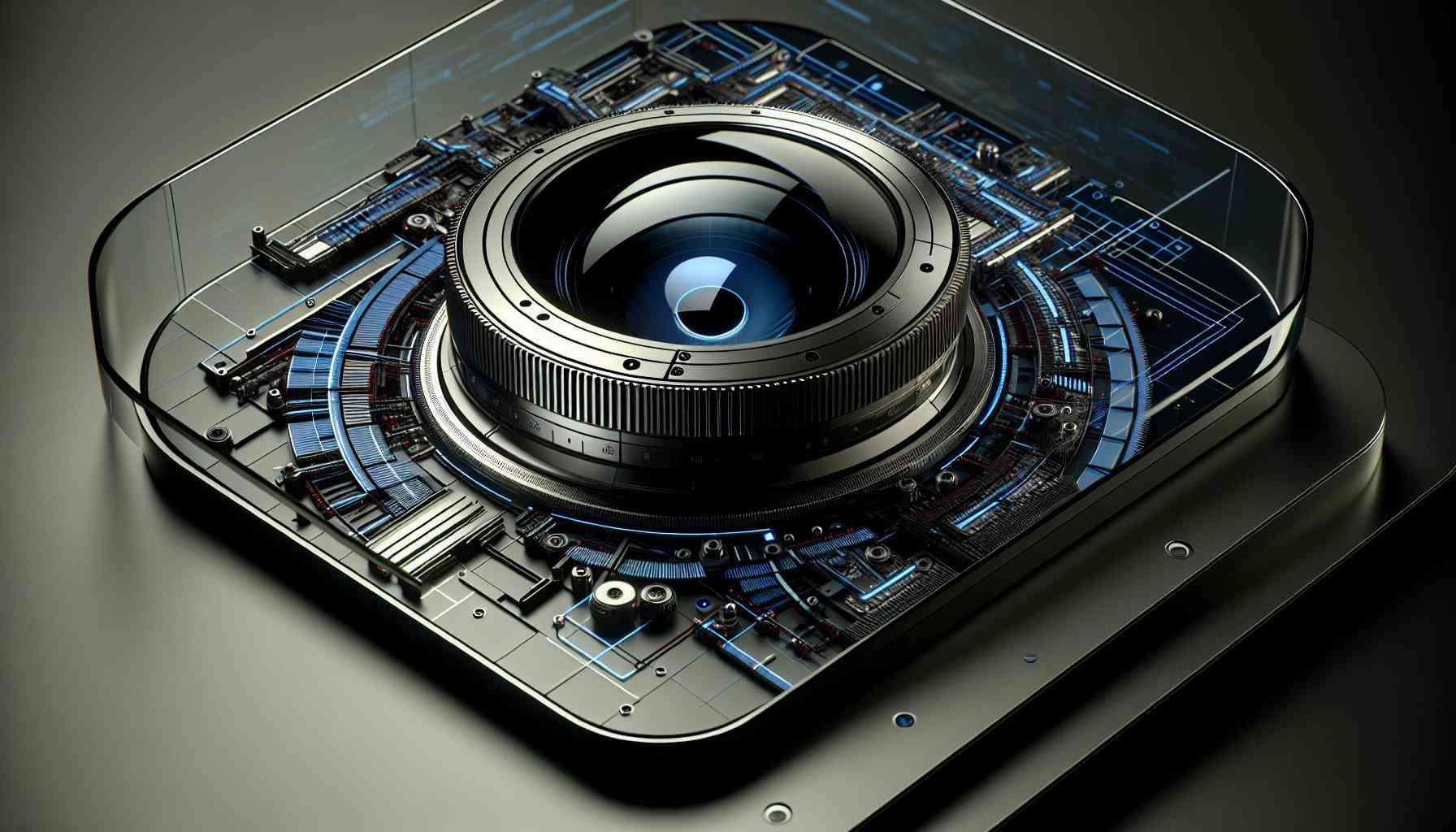Apple, the American tech giant, has decided to play a significant role in the development of the augmented reality (AR) industry. After a period of stagnation in this field, the company surprised its fans by announcing the release of a new device – Apple Vision Pro. The device is set to launch on February 2nd, and the interest is so high that pre-orders are already available.
Vision Pro takes a innovative approach to AR technology, differing from existing products on the market. Until now, most AR/VR devices relied on smartphones being placed in dedicated modules. Apple, aiming to redefine this field, introduces a completely new operating system, VisionOS.
Apple Vision Pro features dedicated ZEISS optical lenses that provide exceptional image quality. The device is equipped with two micro-OLED displays with a total resolution exceeding 23 million pixels. In the central unit, there is the proprietary Apple M2 processor and the R1 coprocessor, allowing for signal processing from 12 cameras, 5 sensors, and 6 microphones.
One of the key elements of the device is the Optic ID security technology, based on iris analysis. It functions similarly to the Face ID feature known from iPhone. The basic version of Apple Vision Pro with 256 GB of memory costs $3,499.
There is currently no information on the official release date in Europe. However, this device will undoubtedly usher in a new stage in the development of AR technology and become another groundbreaking product from Apple.
Key Information (FAQ):
– When will Apple Vision Pro be released? – The device is set to launch on February 2nd.
– What sets Vision Pro apart from other AR/VR devices? – Vision Pro has a new operating system, VisionOS, and dedicated ZEISS optical lenses.
– What are the prices and availability of Vision Pro? – The basic version with 256 GB of memory costs $3,499. The device will be available for sale on February 2nd, with pre-orders starting on January 19th.
Definitions:
– AR – Augmented Reality, a technology that combines real-world imagery with virtual elements, adding digital elements to the real environment.
– VR – Virtual Reality, a technology that allows users to immerse themselves in a virtual world using specialized equipment, such as VR goggles.
– Micro-OLED – a technology used in small-sized displays, providing high image resolution and low power consumption.
– Optic ID – a security technology based on iris analysis, used for user authentication.
Source: polsatnews.pl
The source of the article is from the blog anexartiti.gr
